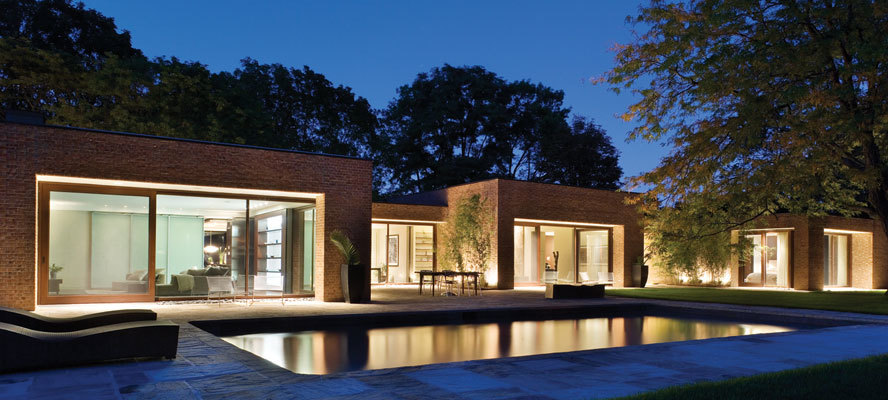This week, we begin a three-part series discussing Design Trends in Contemporary Green Buildings covering four most predominant materials in contemporary architecture: wood, concrete, glass and metal.
Wood
Wood is an essential element of a number of the most far–reaching building structures. Wood is renewable and sustainable, solid, warm and attractive. Wood can be bent and shaped to the most modern of designs. It is the material of the moment for contemporary architecture and this post allows readers to get a glimpse of the most exciting and dynamic new uses of wood in the contemporary architecture around the word.
Things to Know about Wood
- As trees grow they naturally absorb CO2. A cubic metre of wood contains roughly 0.8 tonnes of CO2
- When a tree is felled, it continues to store carbon for the remainder of its life as a wood product or in part of a building
- Relative to the wood design, the steel and concrete designs released more air pollution, produced more solid wastes, used more resources, required more energy, emitted more greenhouse gases and discharged more water pollution (Canadian Wood Coucil)
- Wood windows help to reduce energy demands at least as well as u-PVC and enhance the value of the house
- Wood floors don't only look good, but also have health benefits too in that they don't harbor mites and dust
- Wood can be easily repaired and re-used
Here are some truly interesting examples of eco-friendly and architecturally fastinacting buildings:
Finland

Pieta-Linda Auttila - Wisa Wooden Design Hotel

Pieta-Linda Attila - Wisa Wooden Design Hotel
USA

Creekside Residence by Bohlin Cywinski Jackson

Ridge House by Bohlin Cywinski Jackson
Switzerland

New Monte Rosa Hut by Eth-Studio

Morger + Dettli

Morger + Dettli
The Netherlands

Onix - Plank Chimney House
Japan

Kengo Kuma - Cafe Kureon
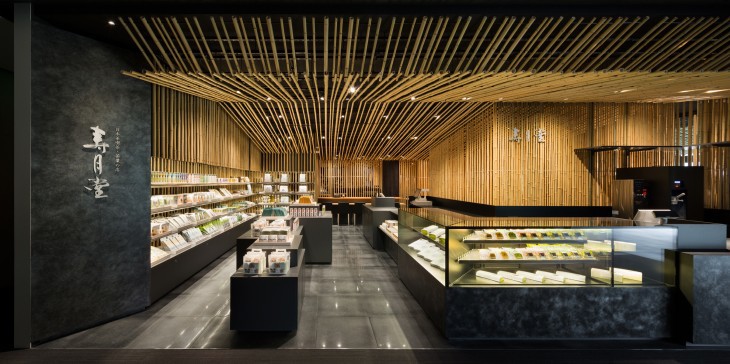
Kengo Kuma - Jugetsudo Kabukiza - (The Tearoom)

Kengo Kuma - Starbucks Coffee at Dazaifutenmangu Omotesando
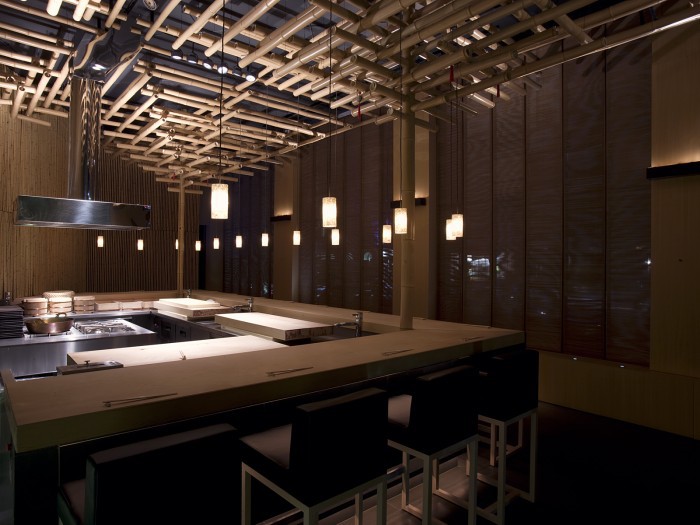
Kengo Kuma - Sake no Hana
New Zealand
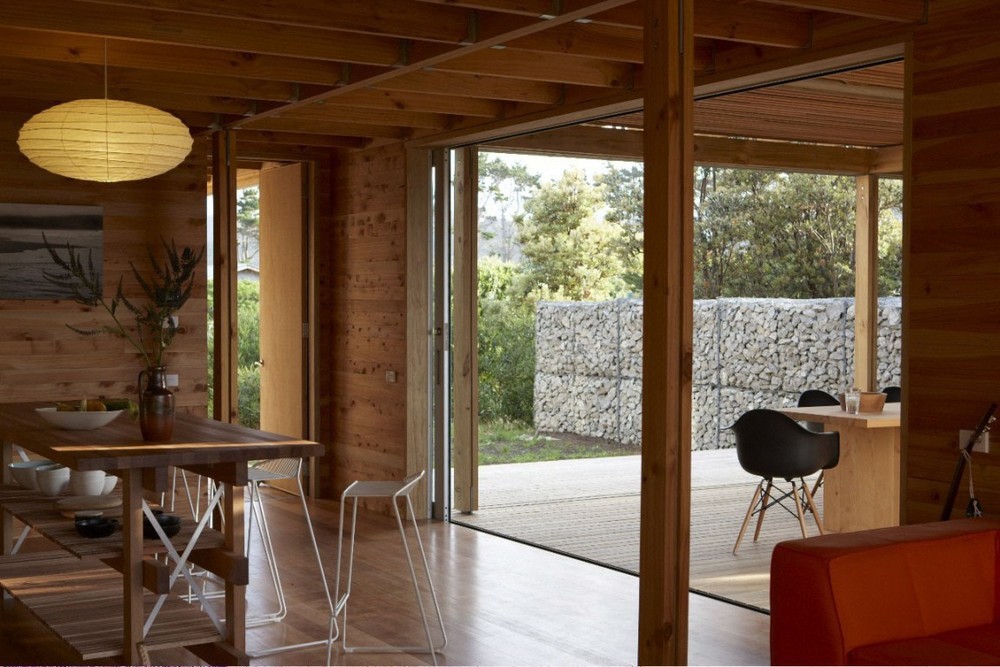
Herbst Architects - Timms Bach House

Herbst Architects - Timms Bach House
Canada

L'OEFF - House in Four Field

KPMB - Toronto Mid-Century Bungalow Renovation
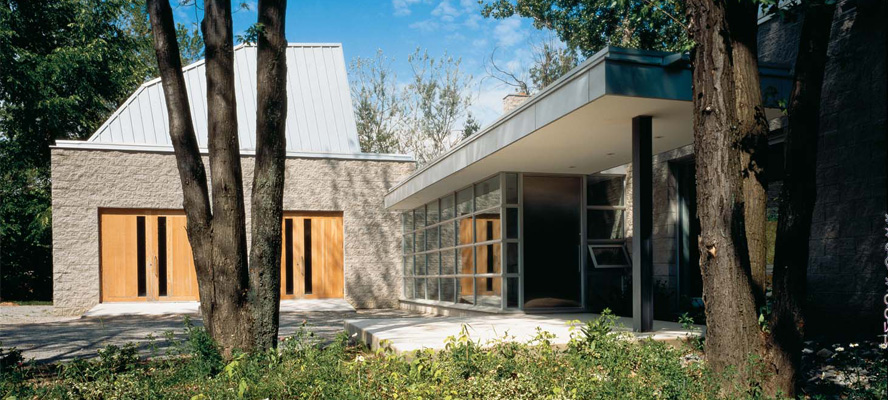
KPMB - Reisman-Jenkinson Residence
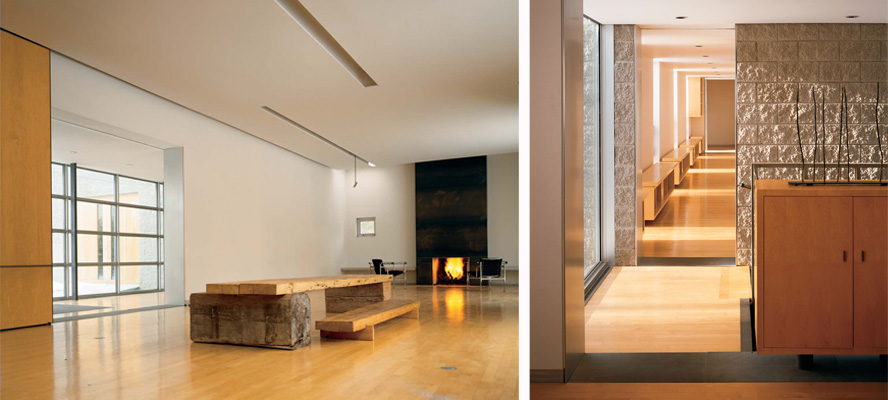
KPMB - Reisman-Jenkinson Residence

Cliff Smith - Ontario
Resources and Photo Credits:







